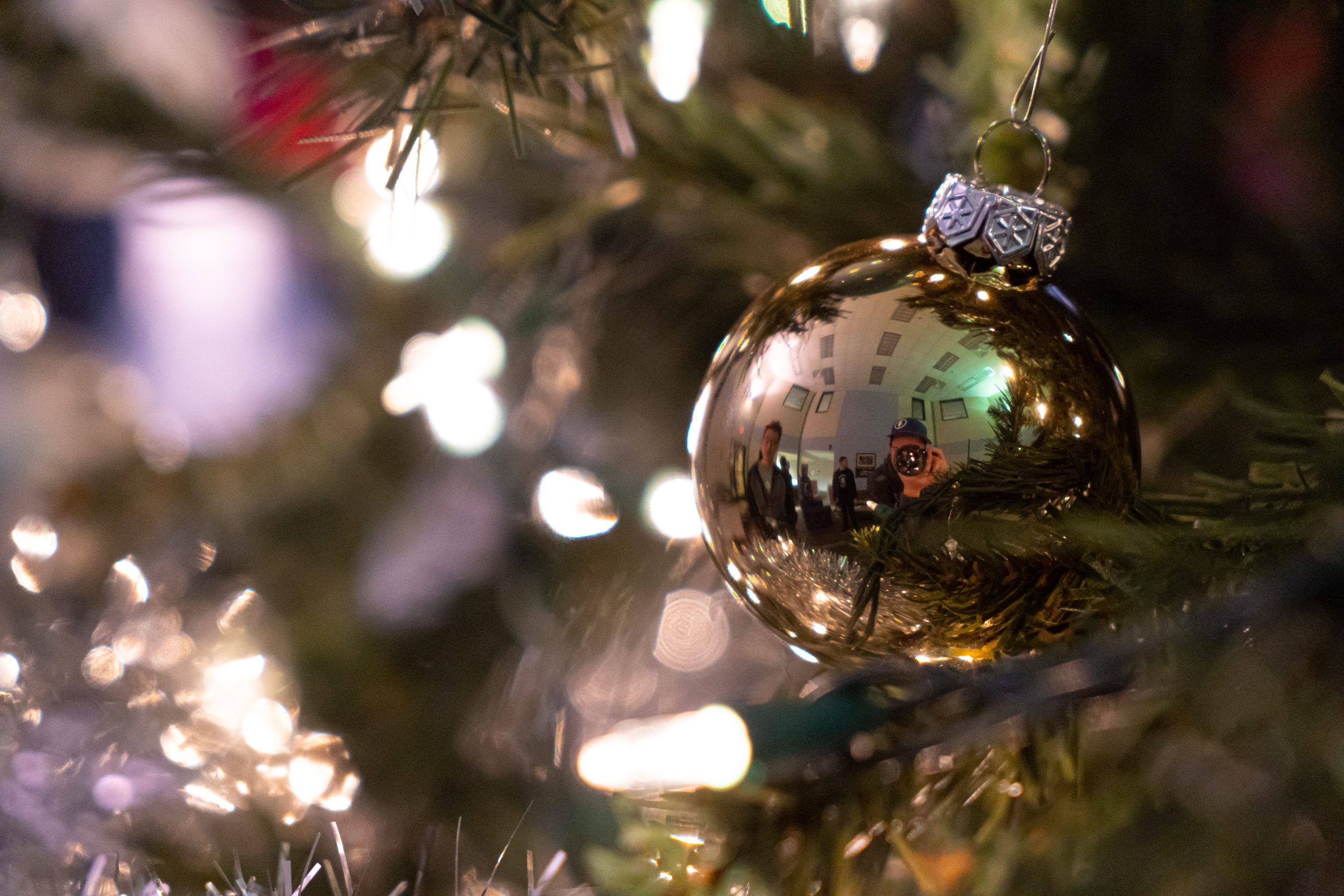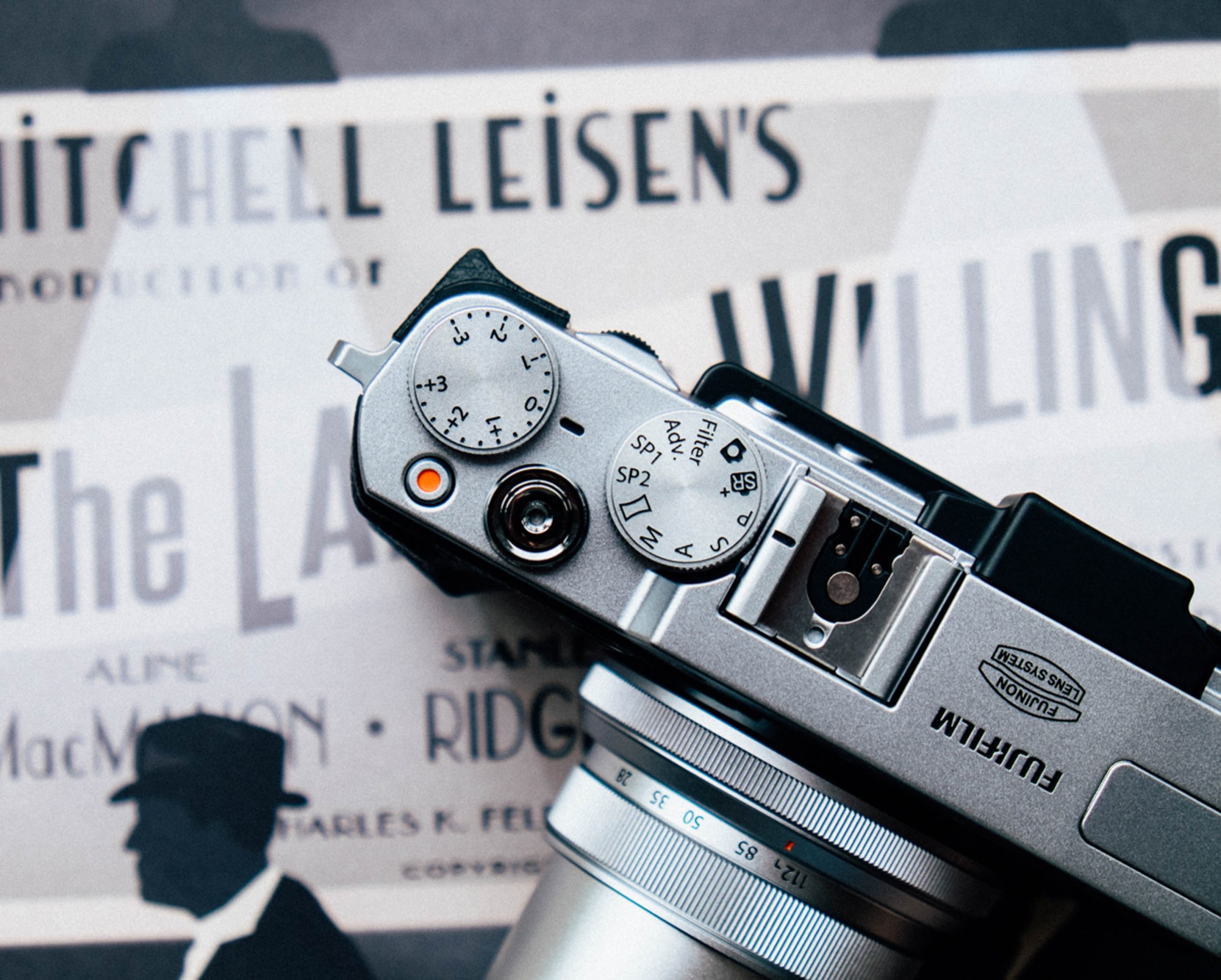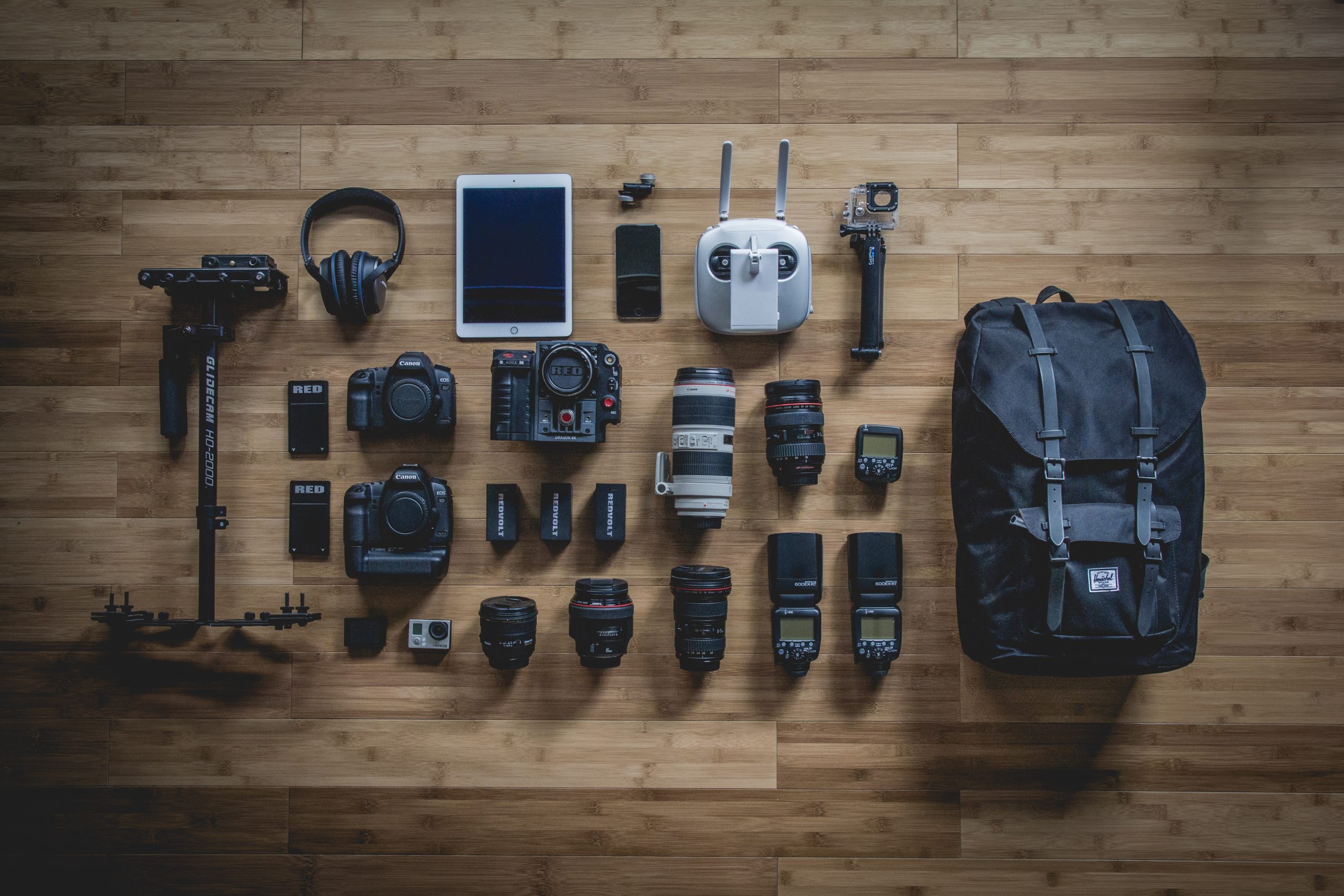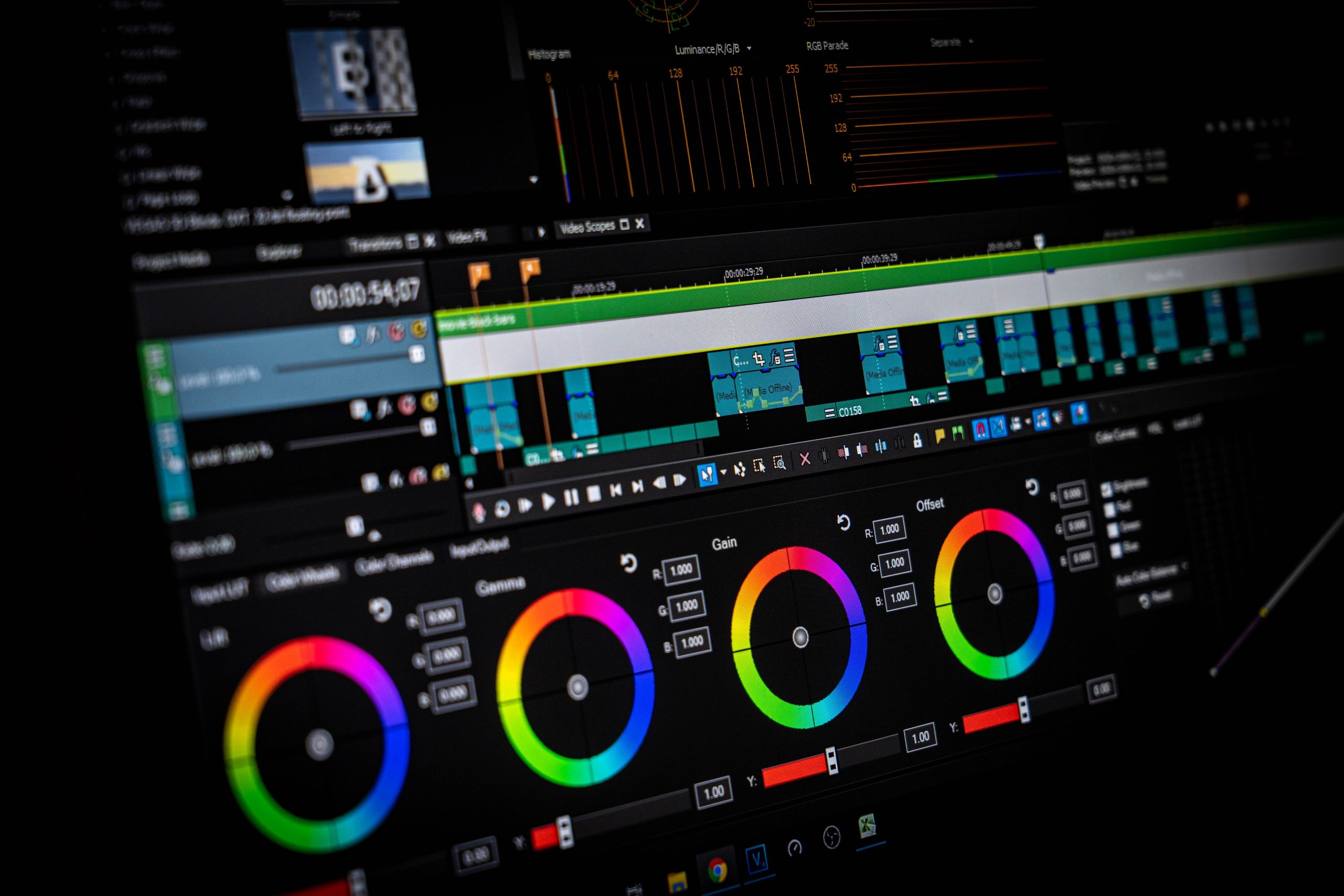Basics of Photography: A Beginner’s Guide to Photography
12/10/2023 2023-10-12 16:44Basics of Photography: A Beginner’s Guide to Photography
While photography might seem all about capturing the perfect picture at the perfect moment, there are several other things you need to get right for that. If photography is about a picture that tells a story, then, as the photographer, you must be an expert storyteller. For this, a beginner’s photography course is what you need to get familiar with the basics of photography. Once that’s done, you can start your journey as a photographer.
If you want to know more, you are at the right stop. Read on to learn about types, skills, and tips with this beginner’s guide to photography.
Basics of Photography: Understanding the Jargon
Be it photography in the past or the digital era, some basic rules and concepts remain the same. Building familiarity and mastering photography skills begins with getting a firm grasp on the basic rules of photography.
Generally, a beginner’s photography course starts with understanding the jargon before picking up the camera. These terms relate to settings, rules, or modes you need to click the best picture in any situation.
As beginner photographers, let’s brush through them here.
Exposure
The light that reaches your camera sensor is called exposure. Less light makes a picture dark and underexposed. On the other hand, overexposure, due to too much light, can make the colours too bright and faded.
Exposure Triangle
The exposure triangle consists of the aperture, ISO, and shutter speed, which regulate the light reaching the camera. Comprehending these basics is the key to mastering the essential photography techniques for beginners.
Aperture
Simply put, the aperture is the size of your camera lens’s opening. It acts like a window so you can adjust how much light you want to let into the photograph.
ISO
ISO is a term that relates to the camera’s sensitivity to light. ISO is adjusted depending on the light available. Lesser ISO settings are better for daytime photography, while higher ISO is used at night.
Shutter Speed
Another inevitably basic term in all about photography for beginners is shutter speed. The shutter speed is a part of your camera that lets light in through opening and closing. Although longer shutter speeds let in more light, they also raise the chances of a blurred image.
Depth of Field

Depth of field decides how much of the image is in focus. Some objects in a photograph get the focus while the background stays blurry. However, in landscape photography, most of the image is in focus. This range of distance is called the depth of field.
Focal length
Focal length measures the distance between the lens and the image formed on the film. This involves the angle of view and magnification in a photograph.
Focus
The focus is used to decide which object the photograph will centre around. When it comes to the camera, the focus can be changed by the photographer. It can be on an object that is close while the background is blurry or vice versa.
Sensor size
Sensor size is among the most important elements in photography. It is a crucial indicator of your image quality. This affects your depth of field, range, ISO performance, etc.
Sharpness
A sharper photograph with clear details represents your skills in photography. There are ways to take sharp images of moving objects too.
Camera Settings
Every camera offers some particular settings like the ones discussed above. Besides, some cameras also extend unique settings for better photography.
Camera Modes

Note the dial with markings like – Auto, P, S, A, M, etc., on your camera. These points towards modes that tell your camera what kind of picture you want to take.
Metering modes
Metering modes are available on all modern DSLRs. They help your camera assign the right shutter speed and aperture settings based on available light.
Focus Modes and Areas
The best focusing mode helps you get the easiest shot. The focus mode locks the point of focus when you have pushed the shutter button halfway down.
White Balance
The right white balance setting prevents the photography from appearing too blue or too yellow.
Histogram
A histogram in photography records the frequency of each tone in the image. A comprehensive guide to photography includes studying these histograms in detail.
Composition
Composition is how you arrange all of the visual elements in your frame. It carries the story that you want to tell.
Photography gear

A lot of things, like filters, lenses, flashes, backdrops, lights, etc., complement your photographs. Gear refers to all these hardware elements.
Editing

Editing is the after magic that adds and corrects any mistakes in the pictures you click. During this process, you can make digital adjustments and turn your photograph into a masterpiece.
Basics of Photography: 10 Tips to Begin
Once you have learned the jargon, you are ready to take the next step. But before you pick up the camera, there are some specific photography tips for beginners that you shouldn’t miss. They are as follows:
- Have a firm hold on your camera. Steady hands click clear photographs.
- Know the names of all your camera parts and their function by heart. With a solid foundation, you can absorb information better during your beginner’s photography course.
- Shift to shooting in RAW to preserve quality.
- When the time comes, move on to tripods and understand the needs of the equipment.
- Keep up with trends in photography and adjust your style accordingly.
- Take your camera out with you more. Try different settings for different types of photography sessions.
- Zoom in on your work and look for mistakes.
- Understand the basics of lighting and learn to balance it with the different flash modes.
- Focus on the eyes of a subject while working with portraits.
- Be open to investing in good equipment and software for photography, followed by editing.
Lastly, always remember that practice is key. Photography is an ever-evolving art, so keep studying, talk to critics, and improve.
Finishing Up
Photography is a very broad skill that takes a lot of concentration, hard work, and practice. That being said, mastering photography isn’t a one-time approach. As a passionate photographer, you must build on all you learn, revisit it, add, and improve.
Hence, your journey begins from the basics of photography and leads you up to your destined goals. There are plenty of career opportunities in photography and endless ways of expression through this form of art. As per AmbitionBox, professional photographers in India earn as much as INR 6.8 LPA.
Your first steps are precious, and the comprehensive course at JD institute of fashion technology is here to guide you. Find all about photography for beginners and polish your skills as you move ahead.













